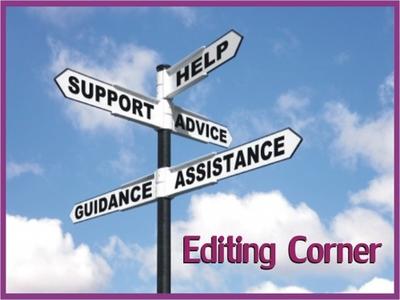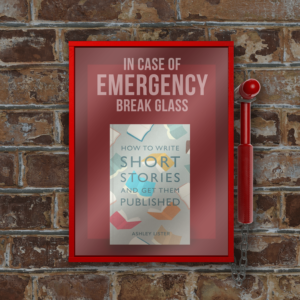Last weekend, I finally saw the film Hustlers. I’m not going to review the movie (though I liked it a lot), as it has already received considerable media attention, partly because of its all female cast and woman director. My topic involves how the film portrays sex, especially male sexuality.
In case you haven’t heard or read about Hustlers, I’ll briefly summarize the plot. Capitalizing on the 2007 Wall Street boom, veteran stripper Ramona, her newbie protegée Destiny, and the other diverse dancers at New York’s Moves strip club are making a great living out off the bankers, stock traders and CEOs out for a night of expensive fun. When the financial crisis of 2008 decimates their former customers’ incomes and leaves the girls struggling, Ramona hatches a scheme to seduce wealthy guys at high end bars, slip them some drugs, drag them back to Moves, and max out their credit cards. The women’s larceny succeeds for a surprisingly long time, but eventually they get caught, and the legal reckoning shreds the close friendship between Ramona and Destiny.
Though the film has been banned in Malaysia and probably censored in other conservative countries, in fact it contains no actual sex acts and very little nudity. (I found it interesting that the one instance of full frontal nudity involved a man, which is pretty rare in American movies.) Indeed, though the strippers are experts at erotic titillation, the club, at least before the Crash, prohibits intimate contact between dancers and customers. Cameras in the private rooms enforce this rule (though there’s a hint that the really high rollers manage to get around this constraint). The strippers’ raunchy moves, lap dances and simulated lesbian routines arouse the customers by suggesting the possibility of sexual intercourse, but in fact that promise is rarely if ever fulfilled. Although the customers are well aware they won’t get laid, that doesn’t seem to matter. They still shell out hundreds of dollars to perpetuate the illusion that they’re going to get lucky and score with one (or more than one) of the voluptuous, scantily clad dancers who tantalize them so effectively.
Our first introduction to Ramona is her stunning pole dance routine, in which she shows off not only her strength and flexibility but also her ass and her crotch. The audience showers her with bills. By the time she finishes (in a provocative full split), the stage is littered with a thick layer of cash. She struts off stage clutching armfuls to her cleavage. “Doesn’t money make you horny?” she asks the stunned and admiring Destiny.
What motivates the men for whom she’s performing to react this way? Complete and utter fantasy. And for the guys who keep the club in business, that’s mostly enough.
When Ramona and company embark on their illegal enterprises, the film sharpens its portrait of men as willing participants in their own sexual self-delusion. The victims of their scam don’t know that the beautiful, expensively-dressed young ladies flirting with them are strippers, at least not initially. The women pass themselves off as wealthy party girls, just looking for a hard cock and a good time. And the target is willing to believe this – eager, in fact. How flattering to think that these gorgeous, fashionable creatures are attracted to him! How exciting that he might be able to take on not just one sexy woman, but three or four!
Ramona and her gang operate for several years, scamming their marks out of hundreds of thousands of dollars. Why aren’t they caught sooner? The film suggests that the victims were embarrassed to admit they’d been fleeced by a bunch of strippers – but at the same time, there’s a mention of at least one guy who fell into their trap three times.
In short, these hustlers capitalized on the male ego. They weren’t selling sex – only the fantasy of sex.
Is this a realistic portrayal of male sexuality? I can’t comment. However, the movie is based on a true story. It does make one wonder.
And is fantasy enough? After all, that’s what erotica authors offer. Readers buy our books expecting to be aroused. Maybe this translates into better, or more, real world sex for them. Or maybe it’s a substitute.
This line of inquiry does make me a bit uncomfortable. Despite my personal slogan – Imagination is the ultimate aphrodisiac – I am a big fan of actual sexual activity. I’d like to think my stories enhance rather than replace sex.
Sex is political. Hustlers is definitely a political movie, with a well-defined perspective that I, at least would consider feminist. How seriously should I take the premise that men will do almost anything if you simply dangle the possibility of sex in front of their faces?
Guys – what do you think?









